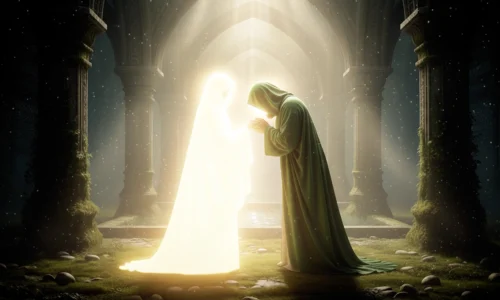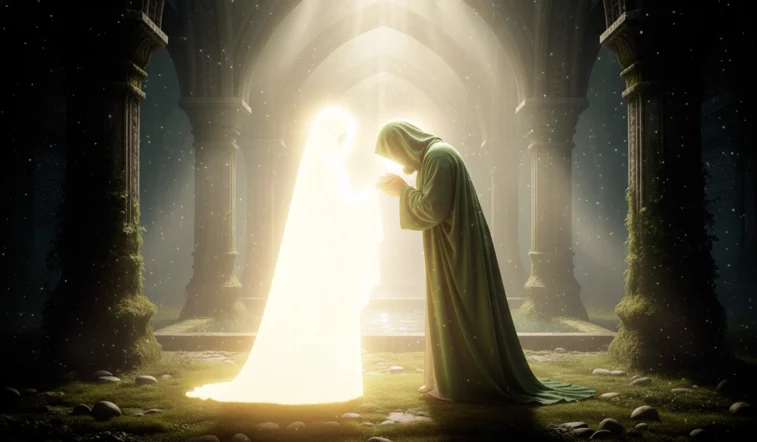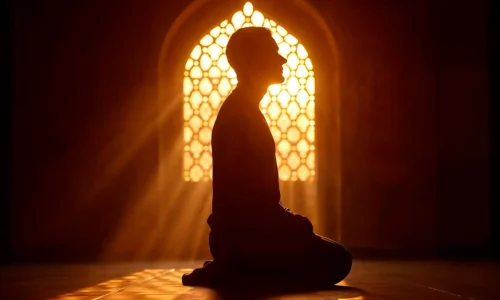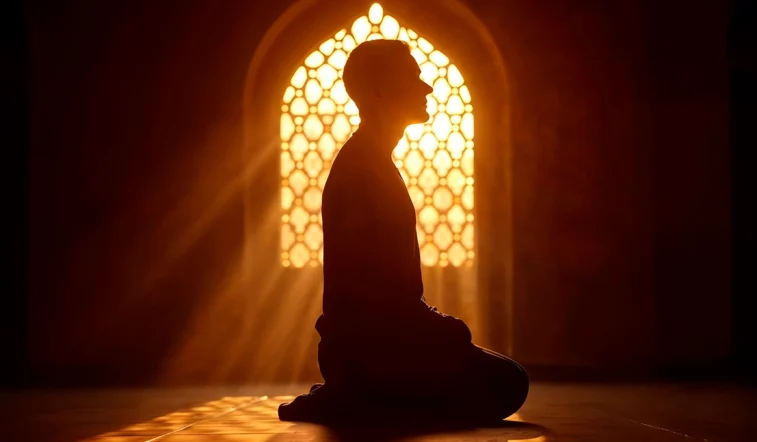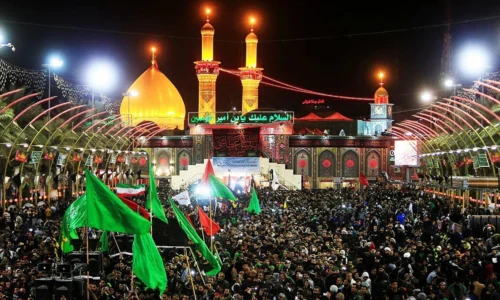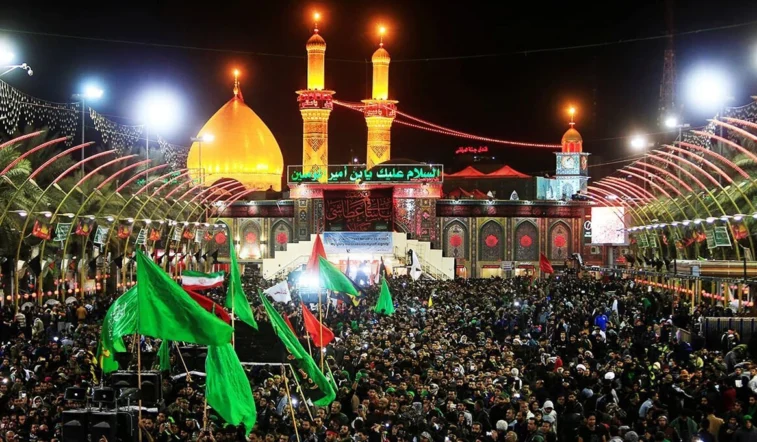One of the most profound spiritual parallels between Islam and Christianity lies in their shared belief in a final savior — a divinely guided figure who will return at the end of times to establish justice and defeat evil. In Islam, this awaited figure is Imam Mahdi (A.S.), the 12th Imam in Shia Islam, while in Christianity, it is Jesus Christ (AS), also known as the Messiah or Son of God.
This article explores the similarities and differences between Imam Mahdi and Jesus, the Islamic end-times prophecy, and what Muslims and Christians believe about the apocalypse and the return of these saviors.

Who Is Imam Mahdi?
Imam Mahdi (A.S.), also known as the Hidden Imam or 12th Imam, is believed by Shia Muslims to be the final divinely appointed leader from the lineage of Prophet Muhammad (PBUH). According to Islamic tradition, he was born in 869 AD and went into occultation (Ghaybah), where he remains hidden until the time is right for his reappearance.
Popular Search Queries:
- Who is the 12th Imam?
- Where is Imam Mahdi now?
- Is Imam Mahdi born already?
- Imam Mahdi return timeline
Who Is Jesus in Islam and Christianity?
In Christianity, Jesus (AS) is the central figure — the Son of God, the Savior, and the one who will return in the Second Coming to judge the world and establish God’s kingdom.
In Islam, Jesus (known as Isa A.S.) is a mighty prophet, born miraculously of the Virgin Mary, who was raised up to Heaven and will return alongside Imam Mahdi to defeat Dajjal (the Antichrist) and restore justice.
Common Questions:
1. Do Muslims believe in Jesus’ return?
Yes, Muslims firmly believe that Jesus (Isa A.S.) will return before the Day of Judgment. He is considered a prophet and messenger of God, not divine, and will descend from heaven to restore justice and defeat the Antichrist (Dajjal).
2. What is the role of Jesus in Islamic end times?
- According to Islamic narrations, Jesus (PBUH) is honored with titles such as minister, commander, successor, and official in the government of Imam Mahdi (A.S.), highlighting his important role.
- Upon descending at the time of Imam Mahdi’s (A.S.) reappearance, Jesus (PBUH) says, “I have been sent as a minister, not as a leader,” emphasizing his supportive position under the Mahdi’s leadership.
- Jesus (PBUH) will pledge allegiance to Imam Mahdi (A.S.) and pray behind him in Jerusalem, affirming the Mahdi’s status as the divinely appointed leader.
- After the conquest of the West and the widespread acceptance of Islam, Jesus (PBUH) will pass away; Imam Mahdi (A.S.) will lead his funeral prayer, and Jesus will be buried beside his mother Mary (PBUH) in Jerusalem, in a public ceremony to clear any doubts about him.
- Some narrations describe Jesus (PBUH) as one of the commanders in Imam Mahdi’s (A.S.) army, with a majestic presence that strikes fear into enemies.
Shared Mission in the End Times
Both Imam Mahdi and Jesus (AS) are expected to appear before the Day of Judgment and lead humanity through a spiritual revolution. Their missions are not in conflict but complement each other — especially in Islamic eschatology.
In Islamic Belief:
- Imam Mahdi appears first and leads the ummah (Muslim nation).
- Jesus (AS) descends afterward, prays behind Imam Mahdi to confirm his leadership.
- Together, they defeat the Dajjal (Antichrist).
- Justice, peace, and true monotheism spread across the world.
Prophetic Signs Before Their Appearance
Both faiths have detailed signs of the end times. In Islam, these include:
- Rise of Sufyani in Shaam (Syria)
- Black flags from Khurasan
- Global corruption, wars, and injustice
- Appearance of Dajjal, followed by Jesus and Mahdi
In Christianity, signs include:
- Wars, plagues, false prophets
- Rise of the Antichrist
- The Rapture and tribulations
Final Mission: Establishing a Global Government of Justice
In Islamic eschatology, Imam Mahdi’s government is described as:
- A universal government based on truth, justice, and equity
- Ending all forms of tyranny and economic oppression
- Promoting peace between nations and restoring true divine leadership
Jesus (AS), according to Islamic belief, will play a supportive role, confirming Islamic teachings and breaking the cross (a metaphor for removing distortions in previous scriptures).
Conclusion: A Shared Hope for Humanity
Despite theological differences, the Islamic Mahdi and the Christian Jesus reflect a common human hope — that one day, a savior will return to end injustice, defeat evil, and unite people under one banner of truth.
For Muslims, the reappearance of Imam Mahdi and return of Jesus (AS) is not just prophecy — it is a real, inevitable promise backed by the Quran, Hadith, and centuries of scholarship.
